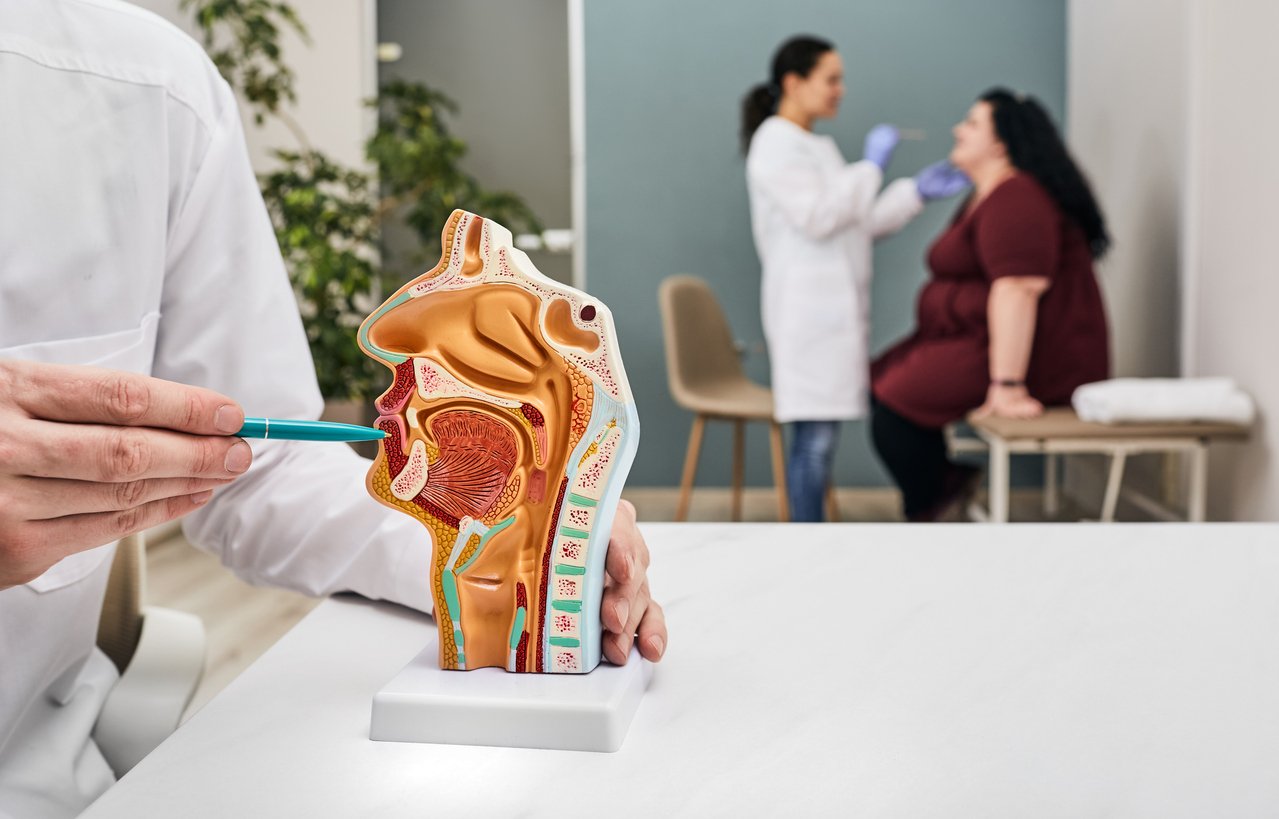Otolaryngologists' Comprehensive Guide to Effective Sleep Apnea Treatment
For otolaryngologists, as the medical guardians of everything head and neck related, the management of sleep apnea has become a significant aspect of patient care. With the burgeoning awareness of sleep-disordered breathing and its implications, it's vital for this specialized medical community to be at the forefront of treatment breakthroughs. This comprehensive guide will shed light on the intricate world of sleep apnea management and how ENT specialists can optimize care for their patients.
Unlocking the Mysteries of Sleep Apnea
Sleep apnea is a potentially serious sleep disorder in which breathing repeatedly stops and starts. It can result in poor sleep quality that leads to daytime fatigue, irritability, and other significant medical problems. Understanding the complexities of sleep apnea is the first step toward its effective management.
The Nitty-Gritty of OSA Pathophysiology
Sleep apnea typically involves a mechanical issue. During sleep, muscles relax, and soft tissue can collapse, blocking the airway. The resulting apnea can lead to reduced oxygen levels in the blood, which triggers the brain to disturb your sleep enough to kick start breathing again — sometimes in a cycle hundreds of times a night, as in obstructive sleep apnea (OSA). The goal for otolaryngologists is to address these obstructions that occur in the upper airways.
Untangling the Different Types of Sleep Apnea
OSA is the most common form of sleep apnea, making up the majority of diagnosed cases. It's characterized by a partial or complete recurrent upper airway obstruction during sleep. Central sleep apnea is less common and occurs when the brain doesn't send the appropriate signals to the muscles that control breathing. It might be due to instability in the respiratory control center, leading to a lack of respiratory effort.
The Spectrum of Severity
Sleep apnea severity is usually measured by the number of apnea-hypopnea incidents per hour of sleep (the apnea-hypopnea index or AHI). An AHI less than five events per hour is considered normal, while more than 30 events per hour is considered severe sleep apnea. The severity determines the necessary level of intervention.
Signs and Symptoms in ENT Patients
The signs and symptoms of sleep apnea can present differently in patients with ear, nose, and throat (ENT) issues. Often, ENT specialists are the first line of defense in diagnosing and treating sleep apnea.
Recognizing the Telltale Signs
Many patients will present with a combination of symptoms, which can include:
Loud snoring
Waking up with a dry mouth or sore throat
Morning headaches
Depression or irritability
Difficulty concentrating during the day
However, patients with underlying ENT conditions might also report:
Frequent sinus infections
Nasal congestion
Recurrent tonsillitis
Enlarged adenoids
The Risks of Overlooking Sleep Apnea
Failure to recognize and treat sleep apnea can lead to many health problems, from cardiovascular issues to cognitive dysfunction. ENT specialists are uniquely positioned to screen for and manage this condition due to their expertise in the upper airway anatomy.
Screening ENT Patients for OSA
Given the intricate structures that an ENT specialist deals with daily, efficient screening for sleep apnea is a vital skill. With a targeted approach, physicians can identify those at risk and expedite care.
Questionnaire-Based Evaluation
Validated screening tools like the STOP-BANG questionnaire can provide a quick and easy way to identify patients who should undergo further evaluation for possible sleep apnea. The questionnaire considers several risk factors, including snoring, tiredness, observed apneas, high blood pressure, BMI, age, neck circumference, and gender.
Physical Examination and Diagnostic Tests
Direct observation of the upper airway during physical examination can sometimes reveal signs suggestive of sleep apnea, such as tonsillar hypertrophy. For confirmation, a sleep study is typically required. Various home and in-lab tests are available to diagnose the condition accurately.
Diagnostic Protocols in Sleep Apnea
Obtaining a clear diagnosis is the benchmark of responsible healthcare practice. Otolaryngologists should have a strong grasp of the diagnostic pathways for sleep apnea.
The Role of Polysomnography
Polysomnography remains the gold standard for diagnosing sleep apnea. This overnight sleep study monitors a patient's breathing, oxygen levels, heart rate, and body movement. While historically conducted in a sleep center depending on the complexity of the case, the overwhelming preferred method for patients and providers is to run the diagnostic at home for most patients.
Home Sleep Testing
With an increasing need for efficiency, cost savings and convenience, home sleep testing (HST) devices the preferred option. Devices used in home sleep testing usually are portable and include a minimum of channels to monitor airflow, breathing effort, and blood oxygen levels.
Partnering With Sleep Medicine Specialists
In complex or uncertain cases, collaborating with sleep medicine specialists is pivotal. Their expertise can offer valuable insights and ensure a comprehensive approach to patient care.
Tailoring Treatment for ENT Patients with Sleep Apnea
Treatment for sleep apnea can range from lifestyle modifications to surgical interventions, and everything in between. For ENT patients, treatment plans center around correcting anatomical obstructions alone or in combination with other therapy options.
Lifestyle Modifications
Weight loss is a significant lifestyle adjustment that can improve symptoms of sleep apnea, especially in milder cases. Even modest weight loss can make a substantial impact, as fatty deposits around the upper airway can affect breathing.
Continuous Positive Airway Pressure (CPAP) Therapy
CPAP is the frontline therapy for moderate to severe cases of sleep apnea. It involves wearing a mask that is connected to a machine that delivers a continuous supply of compressed air to the throat, keeping the airway open during sleep.
Oral Appliances
Oral appliances, or dental devices, are an alternative for patients who can't tolerate CPAP therapy. They help advance the lower jaw to keep the airway open.
Surgical Interventions
ENT surgeries for sleep apnea can range from minimally invasive procedures such as radiofrequency ablation to more conventional surgeries like uvulopalatopharyngoplasty (UPPP) and maxillomandibular advancement. The choice of procedure depends on the specific anatomical issues contributing to the patient's sleep apnea.
Telehealth Solutions for Sleep Apnea
Telehealth and remote patient monitoring have revolutionized the way healthcare is delivered, and sleep medicine is no exception. BetterNight, for instance, is a telehealth platform that incorporates advanced technology to diagnose and manage OSA from the comfort of the patient's home. BetterNight's solution involves a comprehensive home sleep test, an online platform for follow-up, and support, even offering predictive analytics to optimize patient care.
Such innovative platforms can be incredibly beneficial for ENT doctors. By partnering with telehealth services like BetterNight, otolaryngologists can extend the scope of their practice by offering their patients convenient and effective OSA management and gaining access to detailed compliance data for alternative therapies planning.
Integrating Comprehensive Sleep Apnea Care
For otolaryngologists, being well-versed in the spectrum of sleep apnea diagnosis and treatment is not just advantageous; it's becoming an essential part of their practice. By leveraging the information shared in this guide, you can ensure that your patients receive the most effective and personalized care, leading to improved health outcomes and a better quality of life.

